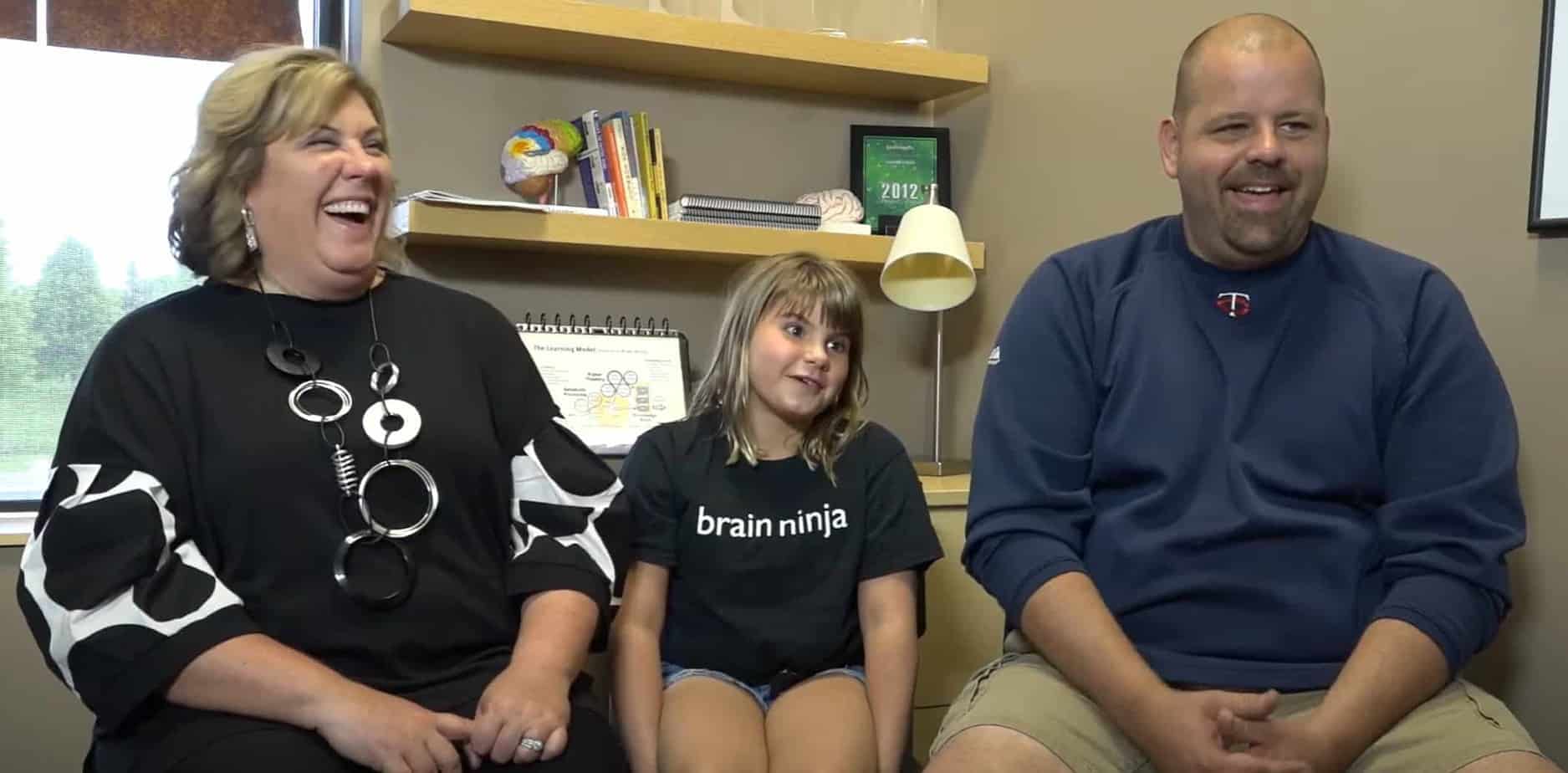Is It an Attention Problem or Weak Working Memory?
There are many situations when what you perceive as an attention problem is actually something else entirely. Kids who seem distracted, unable to focus, or who struggle with tasks like test-taking and reading often get labeled as “ADHD” or “disengaged” or “spacey” (among other things). But it’s critical to dig deeper and figure out what’s really going on under the surface, and for many of these students, the issue is actually weak working memory.
Signs of an Attention Struggle
Attention is a gateway skill that impacts all others. In order for information to enter the brain, you have to be paying attention to it. Attention struggles are primarily characterized by distraction, disinterest, hyperactivity, lack of impulse control, and needing frequent reminders or redirection, but it can also look like:
- Frequently jumping between tasks
- Lack of follow-through
- Frequent mistakes
- “Spacing out” or daydreaming
Signs of Weak Working Memory
On the other hand, weak working memory can also mimic some of these similar behaviors. Signs working memory is weak can include things like:
- Forgetting key details
- Struggling with multi-step directions
- Losing their place in reading or on other tasks
- Struggling with math or reading
- Frequent guessing and careless errors
- Forgetting what was just said (or read)
- Having to reread something multiple times
- Struggling on tests (especially multiple choice)
- Seeming distracted, when really they forgot what they were supposed to be doing.
Digging Deeper: Distinguishing an “Attention Problem” from Weak Working Memory
While attention and working memory are closely related, they are distinct cognitive functions, and issues with one do not always imply issues with the other. Here are some key things to know about the interplay of these two skills:
1. Attention is about focus; working memory is about holding and manipulating information.
Attention involves concentrating on a specific task or stimulus, while working memory involves temporarily storing and using information for cognitive tasks. Individuals can have strong attention but weak working memory, or vice versa.
2. Attention deficits often involve distractibility and impulsivity; working memory deficits often involve difficulty with complex tasks.
Attention issues may manifest as being easily distracted or impulsive, while working memory issues may involve difficulty following multi-step directions or grasping complex ideas.
3. Attention deficits tend to be more external and noticeable; working memory deficits can be more internal and subtle.
Attention issues may be more visible, such as difficulty maintaining focus during a conversation or lecture, while working memory issues may be less noticeable, such as struggling to follow a set of instructions or recall information.
4. Working memory deficits can impact attention, but attention deficits do not necessarily impact working memory.
Weak working memory can affect attention by making it harder to focus and sustain attention on tasks that require mental effort. However, individuals with attention deficits may not necessarily have weak working memory. Every brain is unique, so an in-depth look into an individual’s cognitive profile is critical to determine exactly where the issues are coming from.
5. Attention issues and working memory deficits can both be a root cause of learning difficulties.
Attention issues and working memory struggles are behind many struggles with learning, including ADHD, dyslexia, dyscalculia, and other learning differences.
Cognitive Testing to Determine the Root Cause
It can be hard to really tease apart what’s causing your child’s struggles with learning, but you don’t just have to guess! Cognitive testing provides a pathway to get an inside look into the way the brain processes the world, shining a light on exactly where the struggles originate. Once you identify the root cause, you’re set up to address it in such a way that can bring about lasting change.
Many people jump to accommodations for kids with an attention problem, but the problem with that is that those adjustments aren’t going to make their attention better. The same holds true for other weak skills. Unless you directly target these skills, the weakness will continue to be present, impacting far more than just school performance as time goes on. Instead, a root cause approach looks at these weak skills and targets them to make learning easier, faster, and better.







